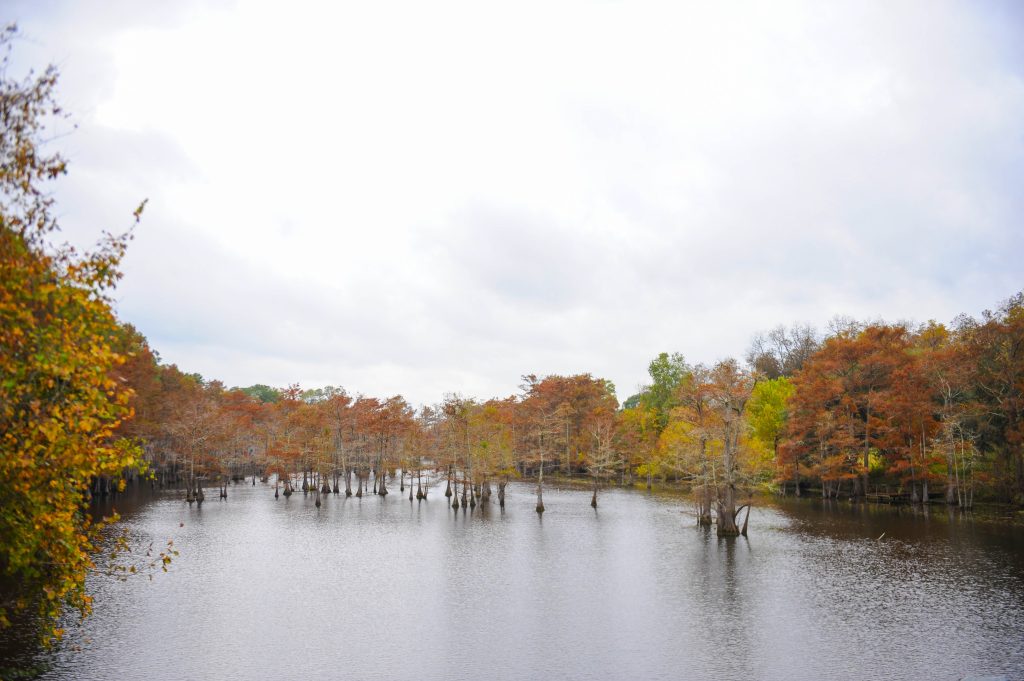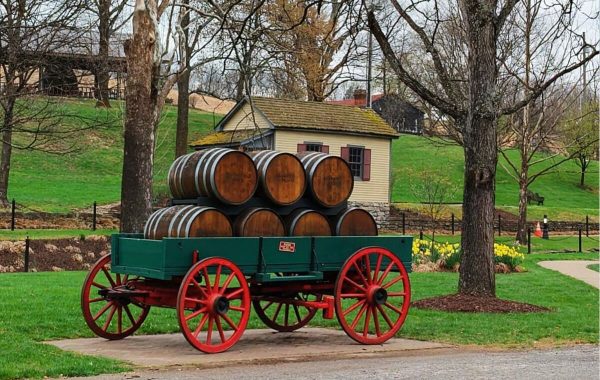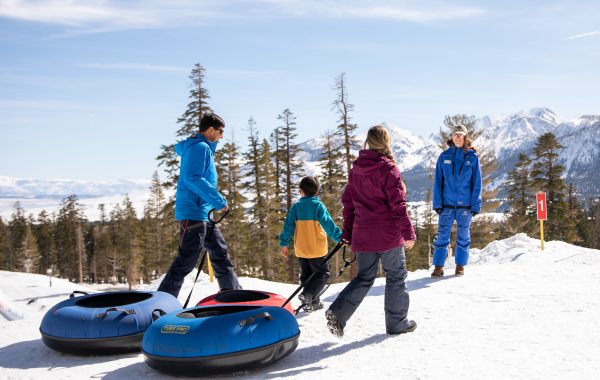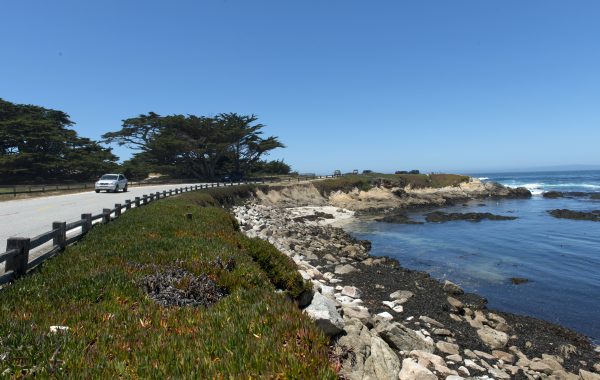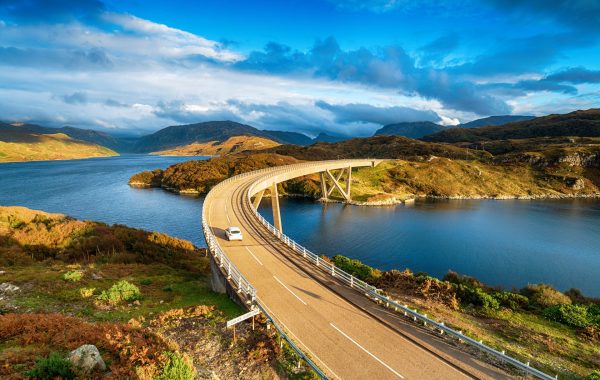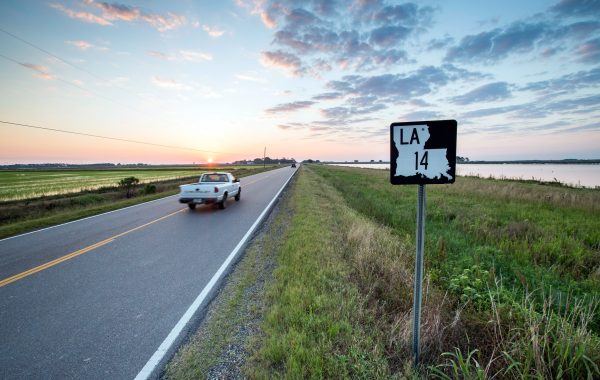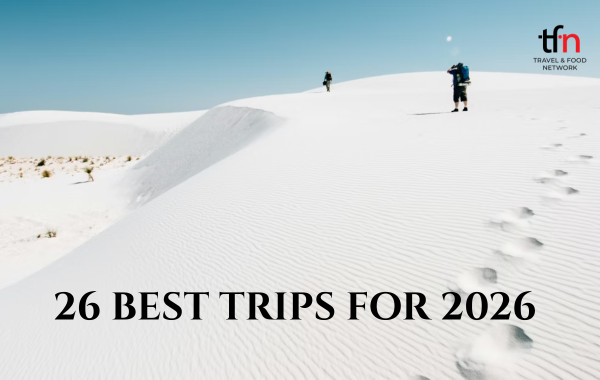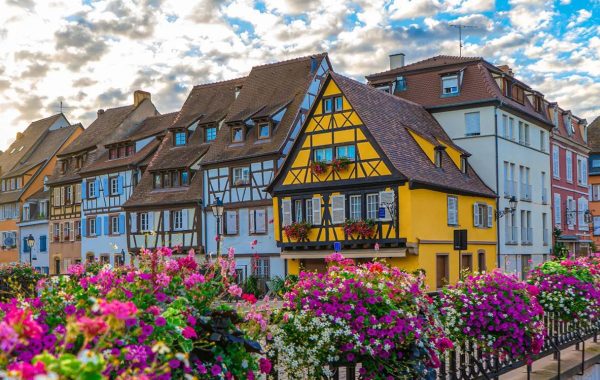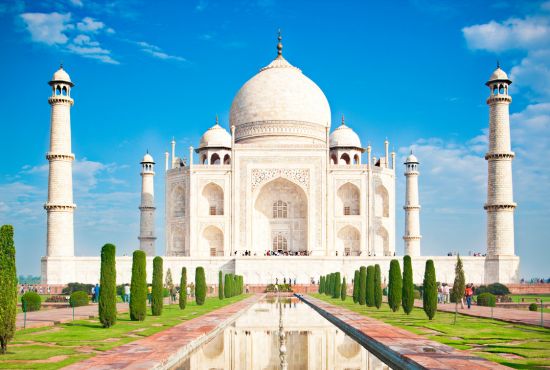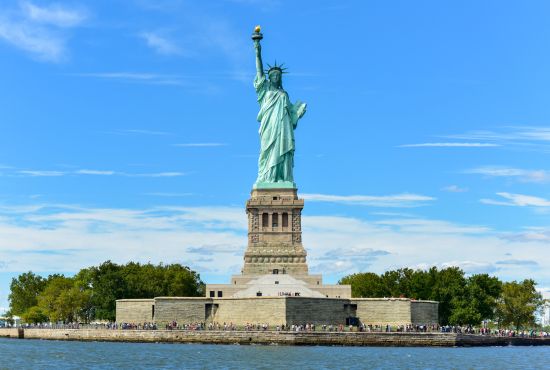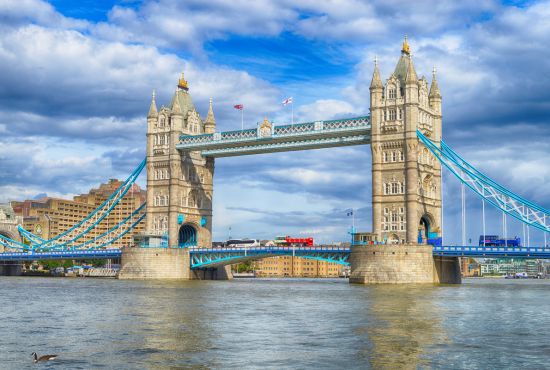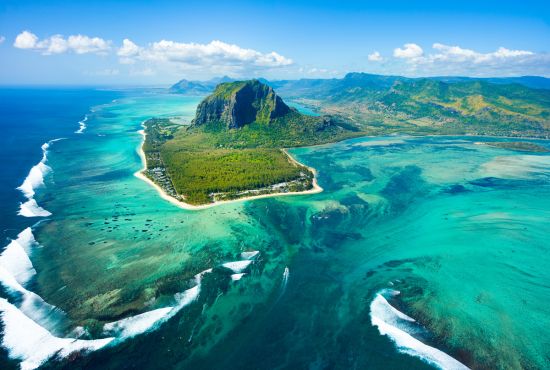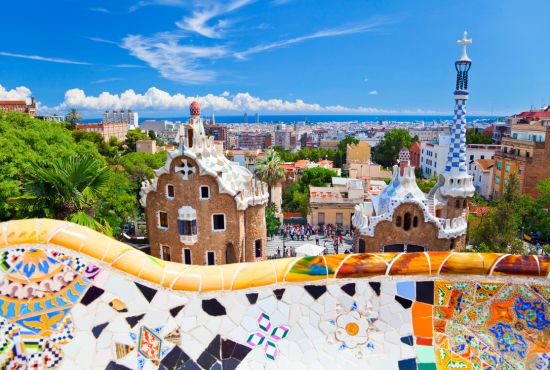There’s no better way to experience the soul of Louisiana than on a fall road trip. As summer’s heat fades, the state reveals a different kind of magic—golden light glinting off the bayous and trees glowing in autumn colours. From historic treasures and music festivals to country kitchens and coastal wetlands teeming with wildlife, the byways of the state showcase its own authentic taste of Louisiana’s food, music, culture, and natural beauty.
These five routes will lead travellers through some of the most breathtaking landscapes of Louisiana.
Creole Nature Trail All-American Road
Louisiana’s prairies, marshes and shores teem with wildlife, and a drive along the 180-mile Creole Nature Trail All-American Road gives visitors a chance to experience nature’s bounty in fall up close. This remote terrain, often referred to as Louisiana’s Outback, is readily accessible and includes four wildlife refuges as well as 26 miles of natural Gulf of Mexico beaches, untouched wetlands, small fishing communities offering fresh seafood, and ancient cheniers – sandy ridges studded with oak trees, rising above the low-lying coasts.
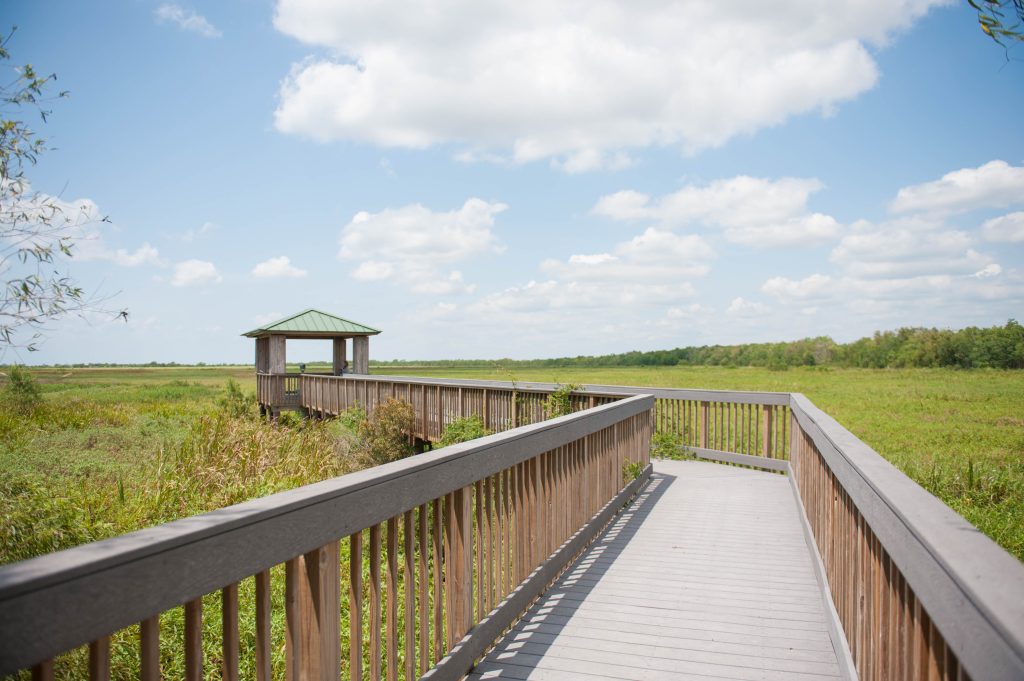
Further south, Holly Beach offers swimming, picnicking, and hunting for shells, while Highway 82 leads to the Texas state line. Providing a nearly continuous view of the Gulf of Mexico, this stretch takes you to the 41-acre Peveto Woods Sanctuary Island, with more than two million birds each year.
Turning east takes you to the car ferry across the Calcasieu Ship Channel and into the community of Cameron. Lake Charles blends city life with nature, casinos, cooking, shopping, Victorian homes, wildlife, birdwatching, and alligators, while nearby Cameron Prairie and the Rockefeller Wildlife Refuge await unforgettable outdoor experiences.
Historic US 80
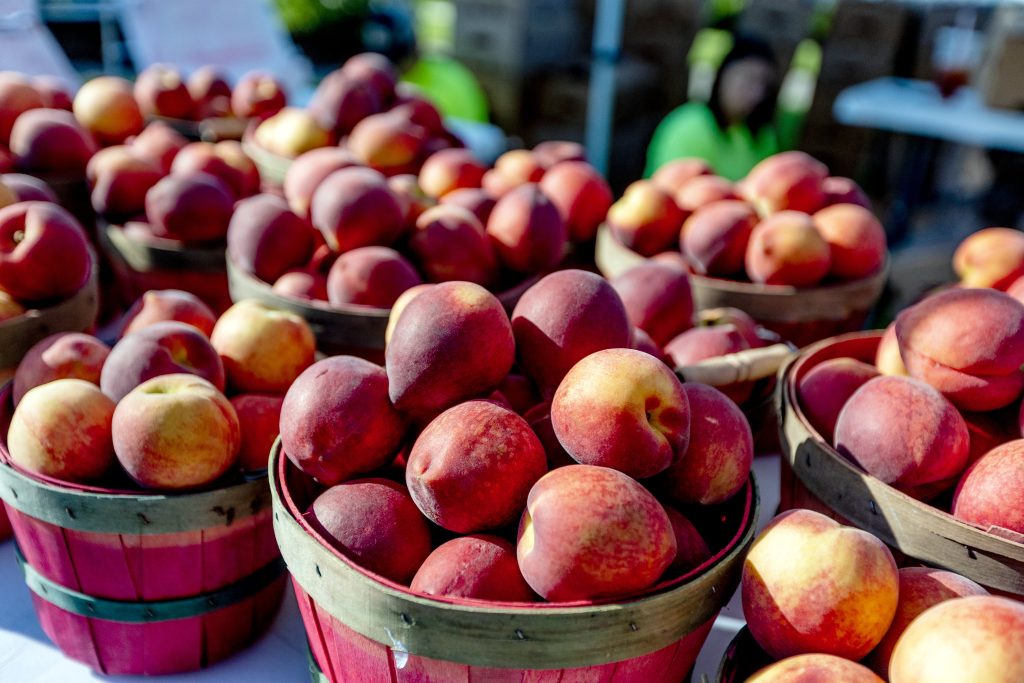
Once a popular route for motorcyclists, Louisiana has dubbed a 105-mile stretch of roadway in the northern part of the state the Historic US 80 Byway, which begins in the charming town of Ruston and ends at the Louisiana/Mississippi state line. In Ruston during the off season, growers such as Mitcham Farms sell their delicious jams, jellies, fruit butters and cobblers. Ruston also has a well-restored 18-block historic district, ideal for those who like to shop in small, locally owned stores. Other good sites to visit include the Lincoln Parish Museum (housed in an 1886 mansion) and the Louisiana Military Museum, which displays weaponry and artifacts ranging from the Spanish-American War through modern times.
Travelling east, the twin cities of Monroe/West Monroe lie on the banks of the Ouachita River. One of Monroe’s most popular attractions is the Biedenharn Museum and Gardens. Joseph Biedenharn, who made his fortune bottling Coca-Cola, built this complex that includes a Coke Museum, a Bible Museum, Biedenharn’s gracious 1913 mansion, and a stunning walled English garden.
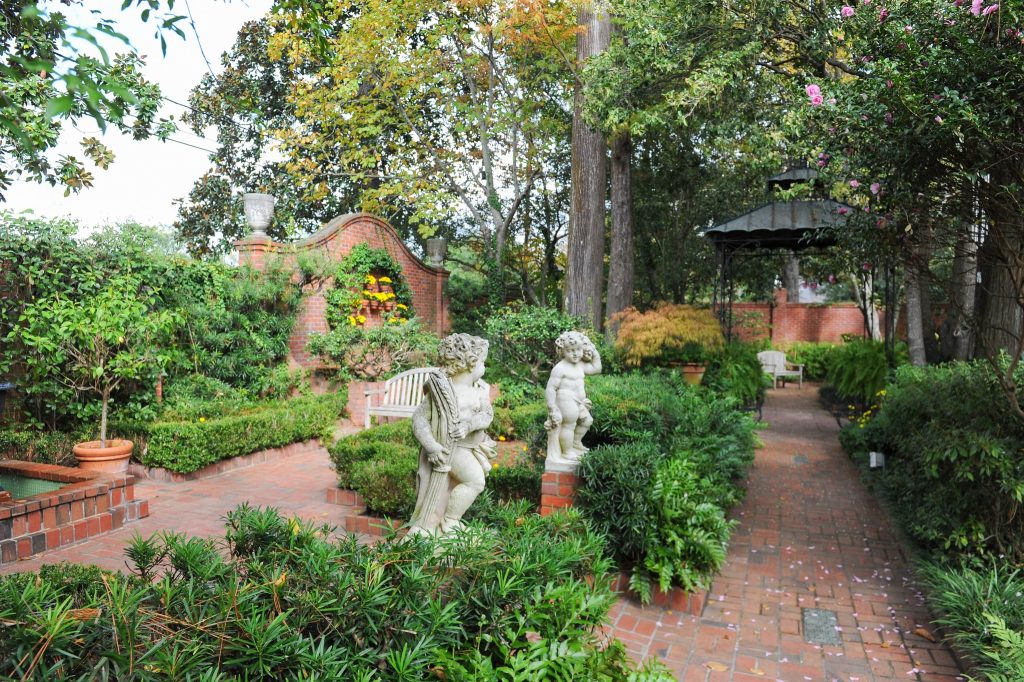
Other local attractions include the Chennault Aviation and Military Museum, which tells the story of how Delta Airlines began in Monroe as a crop-dusting operation, along with more stories of Louisiana’s role in the military. Monroe is also a good place for dining and shopping, including antique browsing.
Just ten minutes north of West Monroe is the D’Arbonne National Wildlife Refuge, a protected habitat for alligators, bald eagles, bats, and the endangered red-cockaded woodpecker.

Southern Swamp Byway
For generations, the people of southeast Louisiana have lived off the waters that surround them. A drive along the Southern Swamp Byway gives visitors a look at the natural beauty of the state’s bayous, marshes, wetlands, wildlife, history, and local dining.
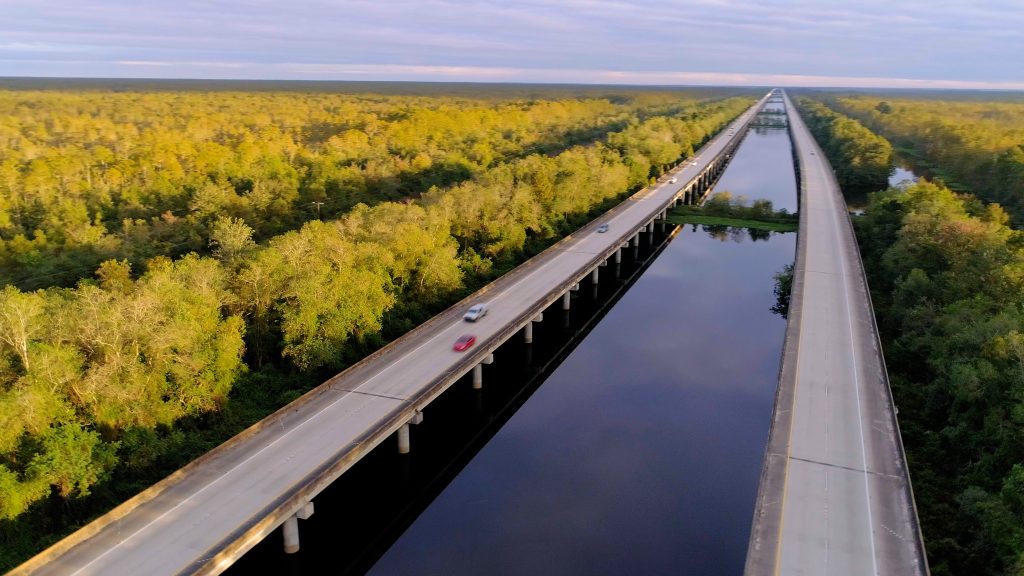
Start your drive in Sorrento, where the Ascension Parish Visitors Center can provide maps and tourist information. The town’s Cajun Village, a collection of restored Acadian buildings now used as boutique shops and accommodations, also features an alligator pond plus hot café au lait and beignets at the onsite coffee house.
North on the byway are small communities where fishing, hunting, and trapping are still a way of life. Several restaurants serve fresh seafood, and roadside stands offer homemade preserves.
In Springfield, the Carter Plantation Golf Course features an 18-hole public golf course and onsite restaurant.
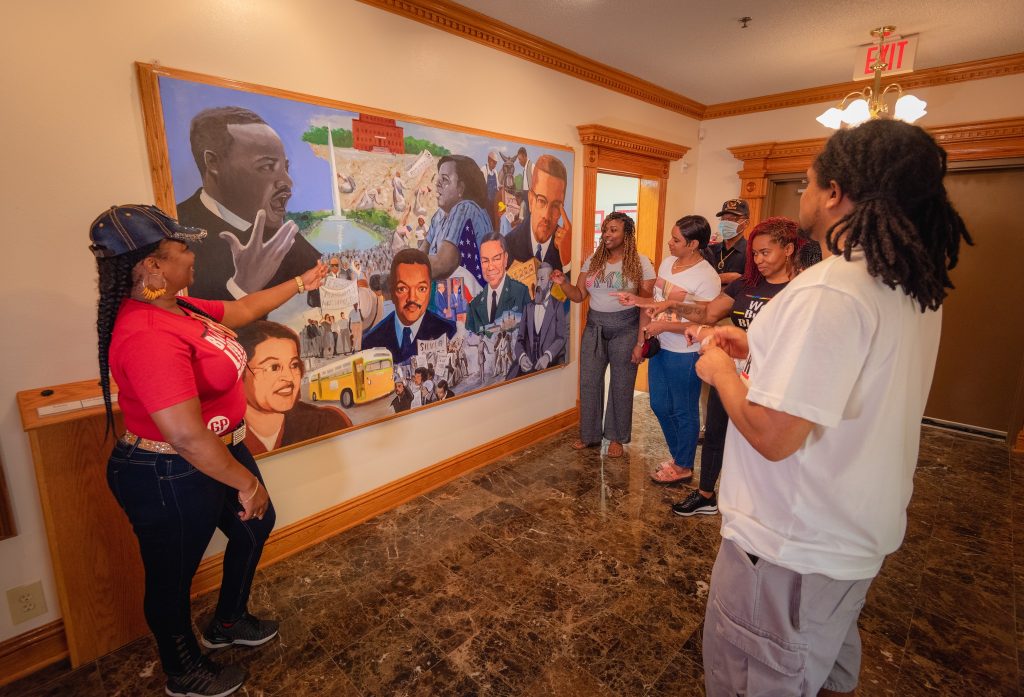
In Hammond, there are a variety of parks, historic buildings, Southeastern Louisiana University, and the Tangipahoa African American Heritage Museum and Black Veterans Archives.
In Ponchatoula, often called the “Strawberry Capital of the World,” the town celebrates its crop at the Ponchatoula Strawberry Festival each April. Ponchatoula is also a great spot for antiquing; at the Ponchatoula Country Market, vendors sell quilts, handmade crafts, and jams and jellies.
Boom or Bust National Scenic Byway
The 137-mile Boom or Bust Byway tells the universal American story of the dramatic ups and downs in the oil and gas, lumber, transportation, farming, and entertainment businesses over the decades. This byway reflects the USA’s journey from western expansion to the industrial revolution, showcasing the country’s gradual transformation and cultural heritage.
The Boom or Bust Byway passes through rolling hills, tall pines, beautiful lakes, and bayous. Oil derricks scattered in the meadows along the way are reminders of the state’s longtime ties to the energy industry and are memorialised at the Louisiana State Oil and Gas Museum in Oil City. Fields of cotton and tranquil cattle pastures reflect the ongoing agriculture.
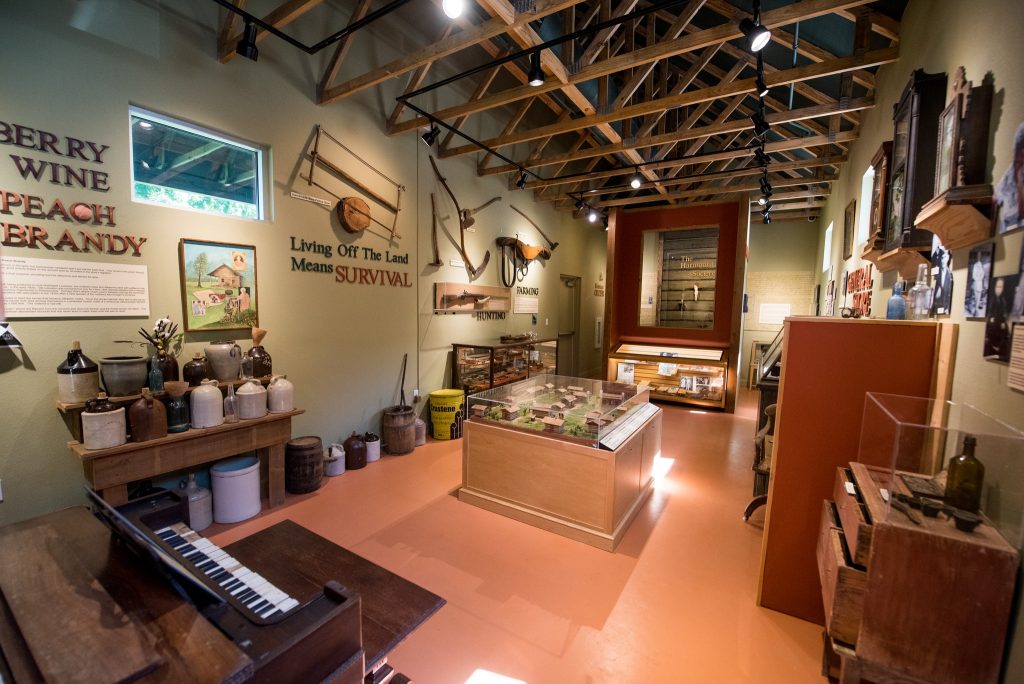
One of the byway’s most distinctive historic sites is the Germantown Colony at Minden. Settled as a 19th-century commune or Utopian Society, it flourished as a self-contained town for 40 years. Entertainment along the Boom or Bust Byway dates back decades. Another unique aspect of the byway is Caddo Lake, which straddles the state line between Texas and Louisiana. Covering approximately 30,000 acres, Caddo Lake is widely recognised for its diverse plant and animal life.
Moreover, the Boom or Bust Byway offers outdoor recreation opportunities for camping, boating, tubing, fishing, bird watching, skiing, canoeing, kayaking, wildlife viewing, hiking, biking, picnicking, and more.
Zydeco Cajun Prairie Scenic Byway
The Zydeco Cajun Prairie Scenic Byway pays tribute to the music of south Louisiana, touching many iconic music spots while ambling through serene, rolling prairies. Crawfish farms, sweet potato fields, and pastures where beef cattle and saddle horses graze are just a few of the features on this byway. This route also showcases Louisiana’s festival spirit, with towns celebrating everything from cotton to cracklins.
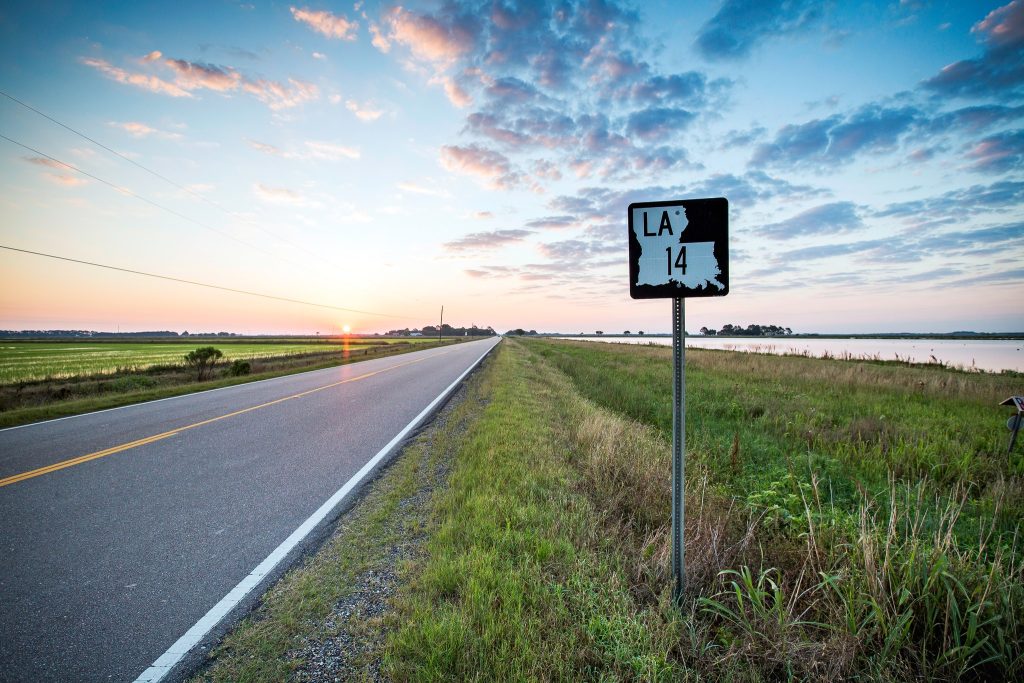
At Mamou, the “Cajun Music Capital of the World,” a music festival is held each fall along the popular Fred’s Lounge, where Cajun music and dancing are a Saturday morning ritual.
This loop begins in Eunice, home to the Cajun French Music Hall of Fame and Museum, and ends in Ville Platte, home to the 6,400-acre Chicot State Park, with its playground, swimming pool, fishing and boating facilities, and the Louisiana State Arboretum.
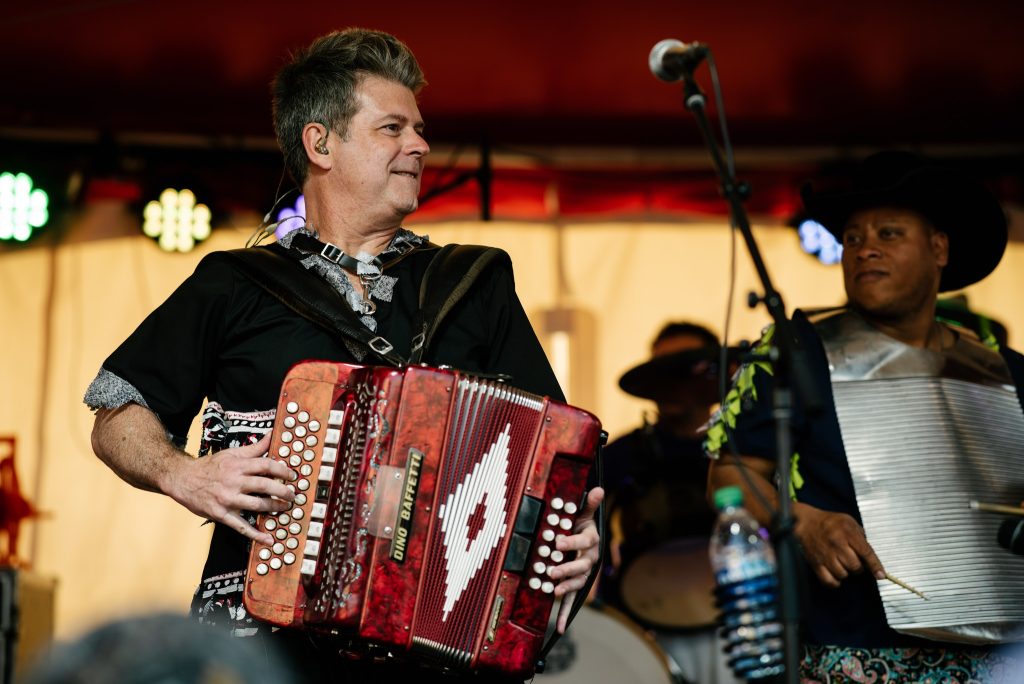
A must-visit here is the Grand Coteau, founded in 1776 and known for its live oak allées and the historic Academy of the Sacred Heart. Visitors should also explore Opelousas, the birthplace of musician Clifton Chenier and considered by many to be the home of zydeco. Locals enjoy dining at Chicory’s at The Palace Café, a simple eatery in business since 1927.
This short spur takes you through Palmetto – home of Budden’s General Store (opened in 1934) – on the way to Krotz Springs, a former sawmill town.
For latest travel news and updates, food and drink journeys, restaurant features, and more, like us on Facebook or follow us on Instagram. Read more on Travel and Food Network
Related Coverage
The Ultimate A–Z Guide to Eating Your Way Through New Orleans, Louisiana
Your Travel Guide To New Orleans, Louisiana: The Ultimate 3-Day Itinerary


